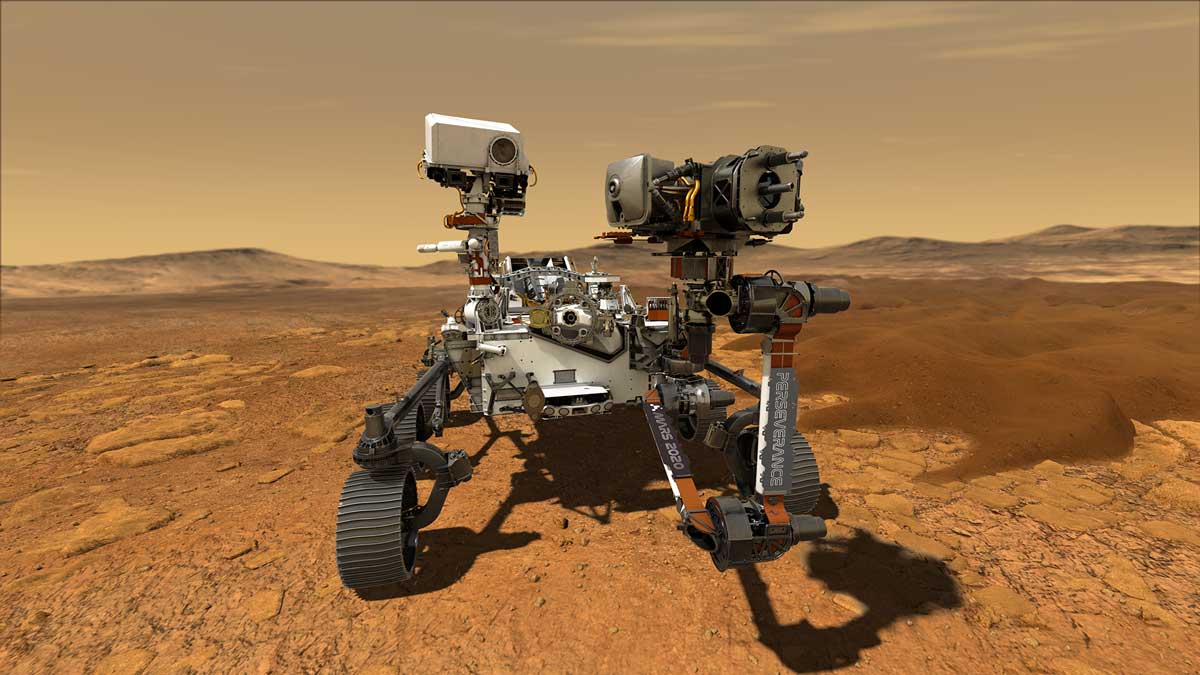The device installed on the Mars rover Perseverance has exceeded even the hopes of its developers: that is, it is possible to produce oxygen from the Martian atmosphere, which is suitable for breathing and can also be used as fuel. If we ever send astronauts to the Red Planet, it will be possible in large part because of MOXIE.
When the first astronauts land on Mars, they will thank the descendants of a microwave oven-sized device for the air they breathe and the rocket fuel that will bring them home. The instrument in question is MOXIE (Mars Oxygen Resources In Situ Experiment), which produced oxygen for the 16th and final time aboard NASA’s Perseverance rover.
And after the tool proved to be far more successful than its developers at MIT had anticipated, the experiment was a complete success. This was stated in the NASA announcement.
While many of Perseverance’s experiments are aimed at achieving the mission’s core science goals or, quite simply, discovering Mars, MOXIE is an exceptional technology in this regard: its long-term goal is to ensure human survival on Mars. . Such an oxygen-producing device could aid future missions in several ways, but the most important would be a source of rocket fuel, which would be needed in industrial quantities to return rockets carrying astronauts to Earth.
However, instead of bringing large quantities of oxygen to Mars, future astronauts will use materials found on the planet’s surface to survive – as in the “Forge” video game. The concept – called in situ resource utilization, or ISRU for short – has evolved into a growing area of research in recent years – whether it is about ensuring a human presence on the Moon or Mars.
MOXIE produces molecular oxygen through an electrochemical process that separates one oxygen atom from every molecule of carbon dioxide pumped from Mars’ thin atmosphere. When these gases flow through the system, they are analyzed to check the purity and quantity of oxygen produced.
Since Perseverance landed on Mars in 2021, Moxy has produced a total of 122 grams of oxygen, roughly the equivalent of what a small dog breathes in 10 hours. In its most efficient configuration, MOXIE can produce 12 grams of oxygen per hour — double NASA’s original goal for the instrument — and it did so at 98 percent purity or better. On the 16th run, on August 7, the device produced 9.8 grams of oxygen. MOXIE successfully met all technical requirements and ran for a full sol year in a variety of conditions, allowing the tool’s developers to learn a lot about the technology.
As NASA Deputy Administrator Pam Milroy said:
“MOXIE’s impressive performance shows that it is possible to extract oxygen from the Martian atmosphere, oxygen that could help provide future astronauts with breathable air or rocket fuel. Developing technologies that allow the use of existing resources on the Moon and Mars is critical to establishing a presence long term on the Moon, creating a strong lunar economy, and allowing us to support the initial human exploration campaign on Mars.
Perhaps surprisingly, the next step will not be MOXIE 2.0, but the creation of a large-scale system that includes an oxygen generator like MOXIE, plus another oxygen liquefaction and storage subsystem. But before all this, other technologies must be tested in the harsh conditions of Mars.
(Image: NASA)












































